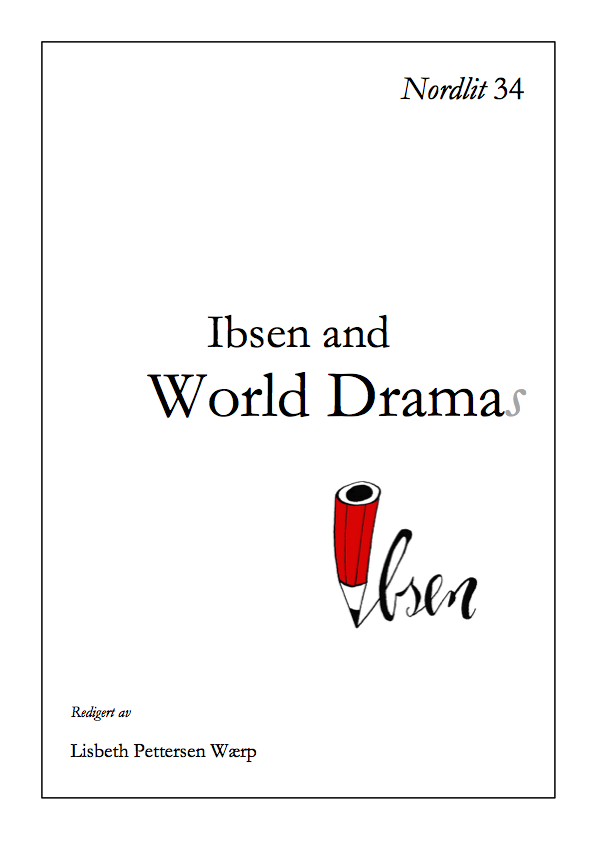Romantic remains: Ibsen's decadence, with and against Georg Lukács
DOI:
https://doi.org/10.7557/13.3359Emneord (Nøkkelord):
Georg Lukács, Decadence, Neo-romanticism, Realism, IdeologySammendrag
This article emerges from two big questions: Who is Lukács’s Ibsen? and How does he fit into Lukács’s understanding of the history of bourgeois literature? Although many critics have insisted on Ibsen’s (counter)romanticism, Lukács locates Ibsen – whom he calls a romantic à rebours – more decisively in the “era of decay.” Of course, themes of degeneration are common in Ibsen’s plays and covered extensively by the scholarship, but Ibsen himself is infrequently described as decadent (in Nordau, he is “a mystic and an ego-maniac”). Even less often does one assert that Ibsen’s realism was subject to some form of late 19th century degeneration. In order to better understand what decadence can mean in the case of Ibsen, I consider Lukács’s readings of The Wild Duck and When We Dead Awaken. I then offer my own reading of When We Dead Awaken and, via that reading, my own definition of Ibsen’s decadence. At stake is a more comparative (and less idealized) understanding of what makes Ibsen’s drama modern.









